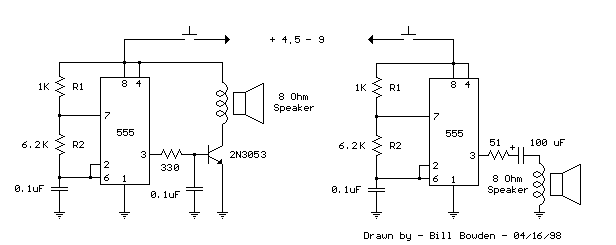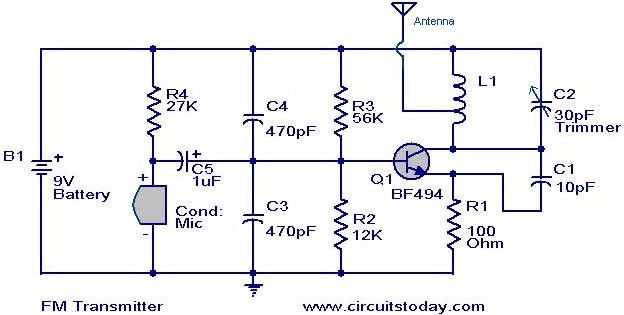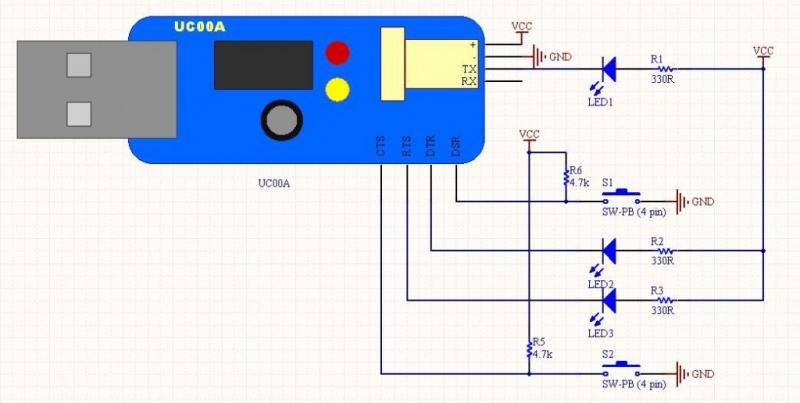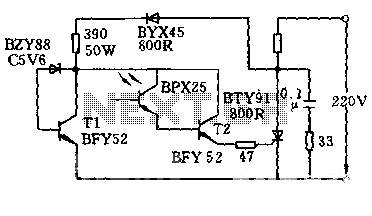
Fire alarm circuit diagram With NE555 IC
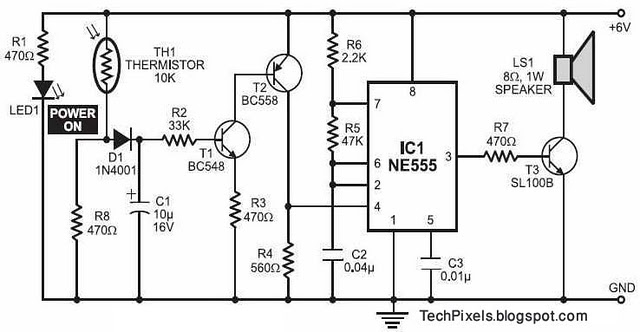
The following circuit illustrates a fire alarm circuit diagram utilizing the NE555 integrated circuit (IC). Features include functioning as a heat sensor and incorporating a 10 kilo-ohm resistor.
The fire alarm circuit based on the NE555 IC is designed to detect heat and provide an alert in case of fire. The NE555 timer can be configured in various modes, but in this application, it is typically set up in a monostable mode. When the temperature exceeds a predetermined threshold, the heat sensor triggers the NE555, which then activates an output signal.
The circuit includes a heat sensor that responds to temperature changes. This sensor is connected to the trigger input of the NE555 IC. A 10 kilo-ohm resistor is employed in the timing circuit to set the delay duration for the alarm signal. Depending on the specific requirements, additional components such as capacitors may be included to fine-tune the response time and sensitivity of the circuit.
Upon activation, the NE555 can drive a relay or a buzzer to signal an alarm condition. The relay can be used to control higher power devices, such as sirens or notification systems, ensuring that the alarm is effectively communicated.
Power supply considerations are critical; the circuit should be powered by a stable voltage source to ensure reliable operation. Additionally, it is advisable to incorporate protective components, such as diodes, to safeguard against back EMF when using inductive loads.
Overall, this fire alarm circuit provides a robust solution for early fire detection, leveraging the versatility of the NE555 IC in conjunction with a heat sensor and supporting components to ensure timely alerts in emergency situations.The following circuit shows about Fire alarm circuit diagram With NE555 IC. Features: works as the heat sensor, 10 kilo-ohms resistance of the .. 🔗 External reference
The fire alarm circuit based on the NE555 IC is designed to detect heat and provide an alert in case of fire. The NE555 timer can be configured in various modes, but in this application, it is typically set up in a monostable mode. When the temperature exceeds a predetermined threshold, the heat sensor triggers the NE555, which then activates an output signal.
The circuit includes a heat sensor that responds to temperature changes. This sensor is connected to the trigger input of the NE555 IC. A 10 kilo-ohm resistor is employed in the timing circuit to set the delay duration for the alarm signal. Depending on the specific requirements, additional components such as capacitors may be included to fine-tune the response time and sensitivity of the circuit.
Upon activation, the NE555 can drive a relay or a buzzer to signal an alarm condition. The relay can be used to control higher power devices, such as sirens or notification systems, ensuring that the alarm is effectively communicated.
Power supply considerations are critical; the circuit should be powered by a stable voltage source to ensure reliable operation. Additionally, it is advisable to incorporate protective components, such as diodes, to safeguard against back EMF when using inductive loads.
Overall, this fire alarm circuit provides a robust solution for early fire detection, leveraging the versatility of the NE555 IC in conjunction with a heat sensor and supporting components to ensure timely alerts in emergency situations.The following circuit shows about Fire alarm circuit diagram With NE555 IC. Features: works as the heat sensor, 10 kilo-ohms resistance of the .. 🔗 External reference
